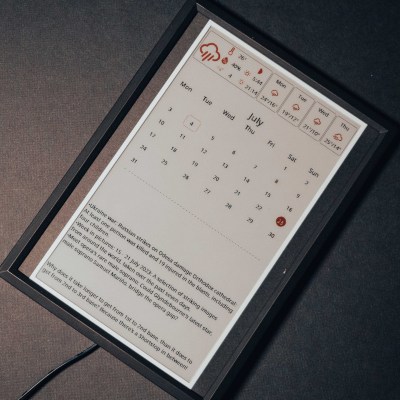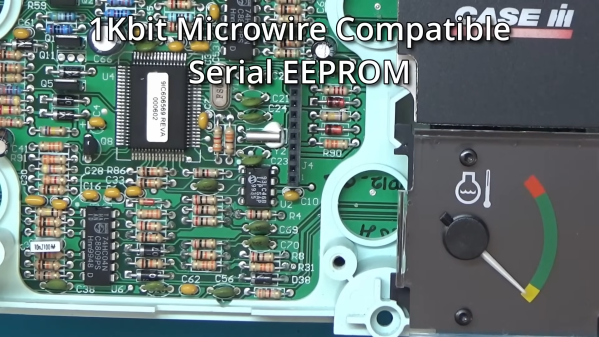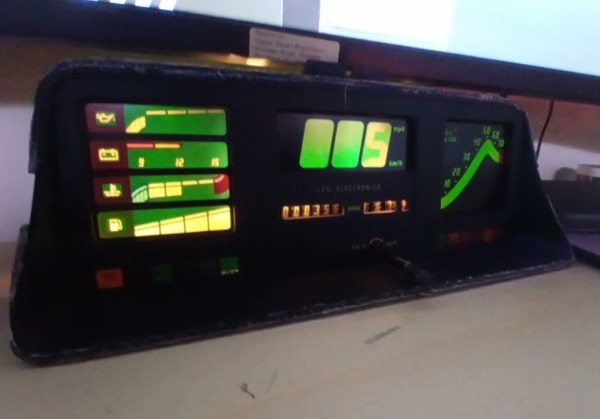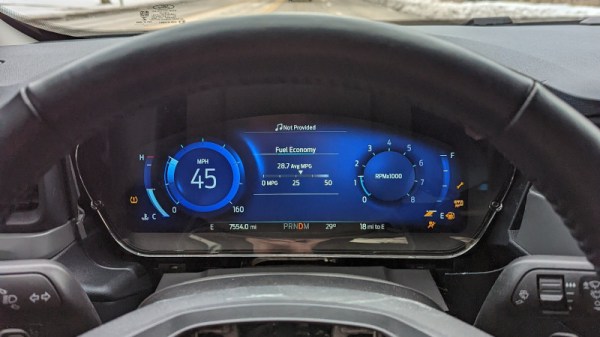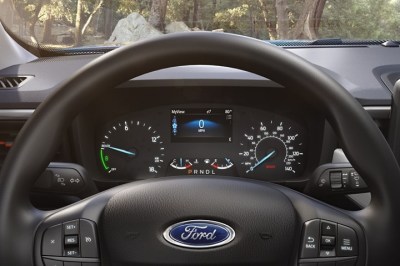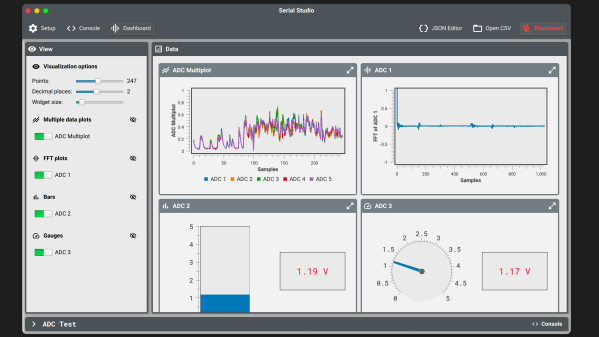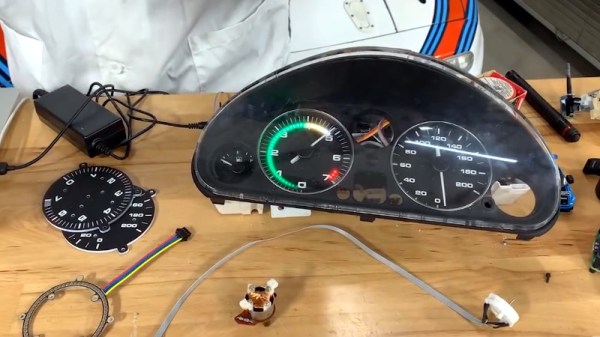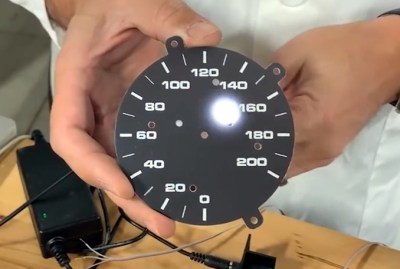In the rush to always have the latest and greatest, it’s not uncommon that perfectly serviceable hardware ends up collecting dust in a drawer somewhere. If you’ve got an old Kindle laying around, you may be interested in this write-up from [Hemant] that shows a practical example of how the popular e-reader can be pushed into service as a weather dashboard.
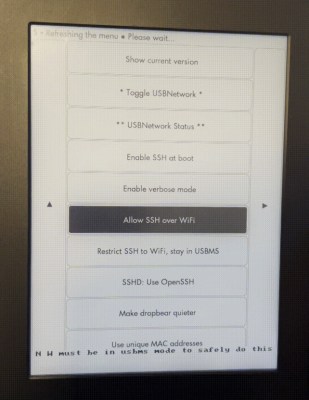 The first step is to jailbreak the Kindle, providing the user with root access to the device. From there the Kindle Unified Application Launcher (KUAL) is installed along with USBNetwork which allows you to connect to the reader over SSH. With root access and a network connection, the real project of converting it to a weather dashboard begins. [Hemant] split the project into two parts here, a Node.js server that scrapes weather data from the internet and converts it into an image, and a client for the Kindle that receives this image for display.
The first step is to jailbreak the Kindle, providing the user with root access to the device. From there the Kindle Unified Application Launcher (KUAL) is installed along with USBNetwork which allows you to connect to the reader over SSH. With root access and a network connection, the real project of converting it to a weather dashboard begins. [Hemant] split the project into two parts here, a Node.js server that scrapes weather data from the internet and converts it into an image, and a client for the Kindle that receives this image for display.
The Kindle has a number of quirks and issues that [Hemant] covers as well, including handling image ghosting on the e-ink display as well as a problem where the device will hang if the Internet connection is lost. For those with jailbroken Kindles that want to put their devices back into useful service, this is an excellent guide for getting started and [Hemant] also provided all of the source code on the project’s GitHub page.
There has been a long tradition of using Kindles for things other than e-readers, and even devices with major hardware problems can still have useful life in them thanks to this project which allows the e-ink display to have a second life on its own.



